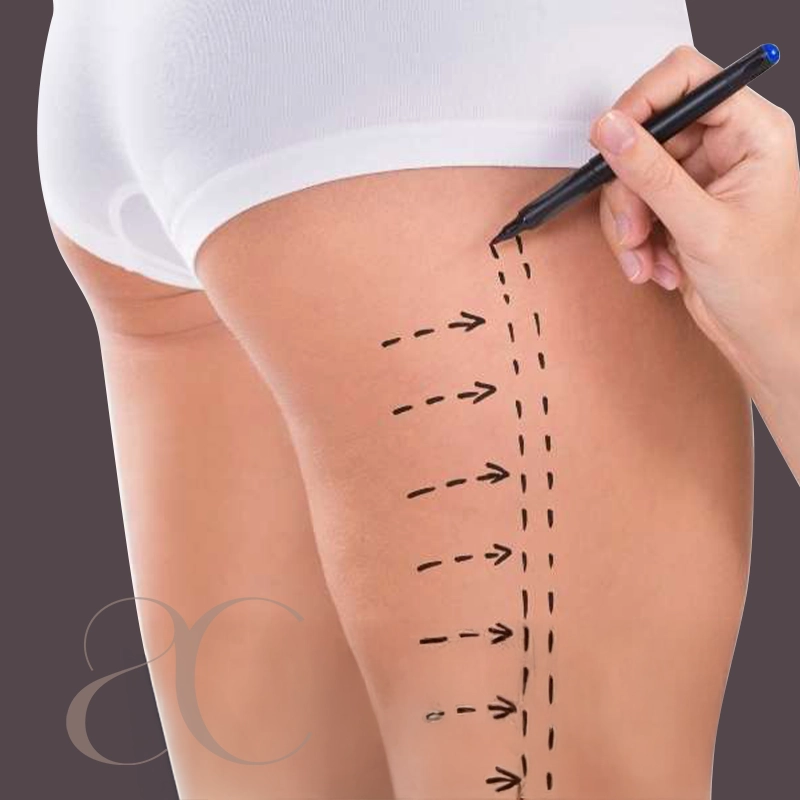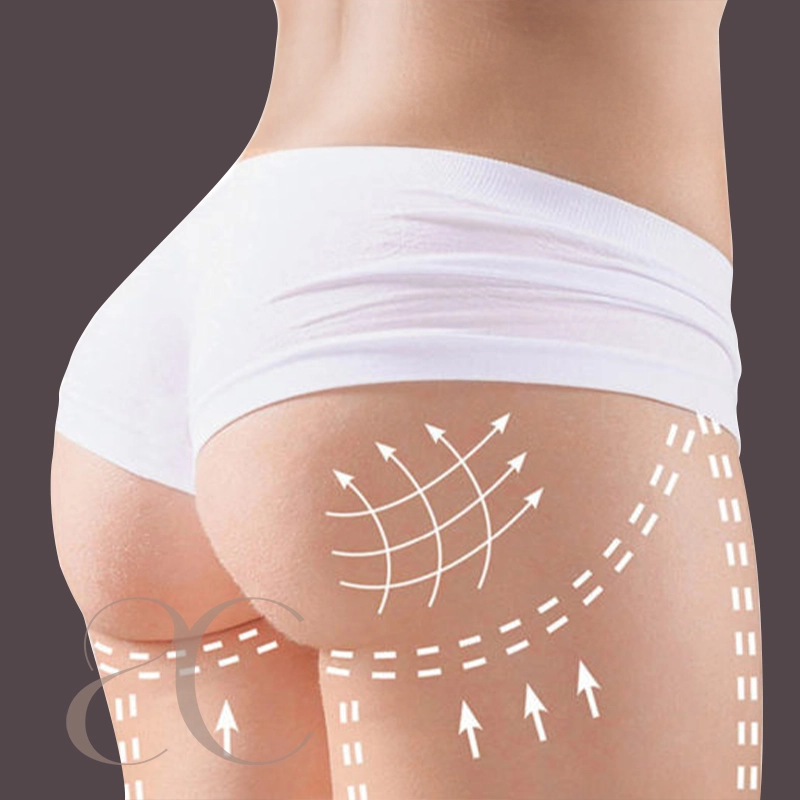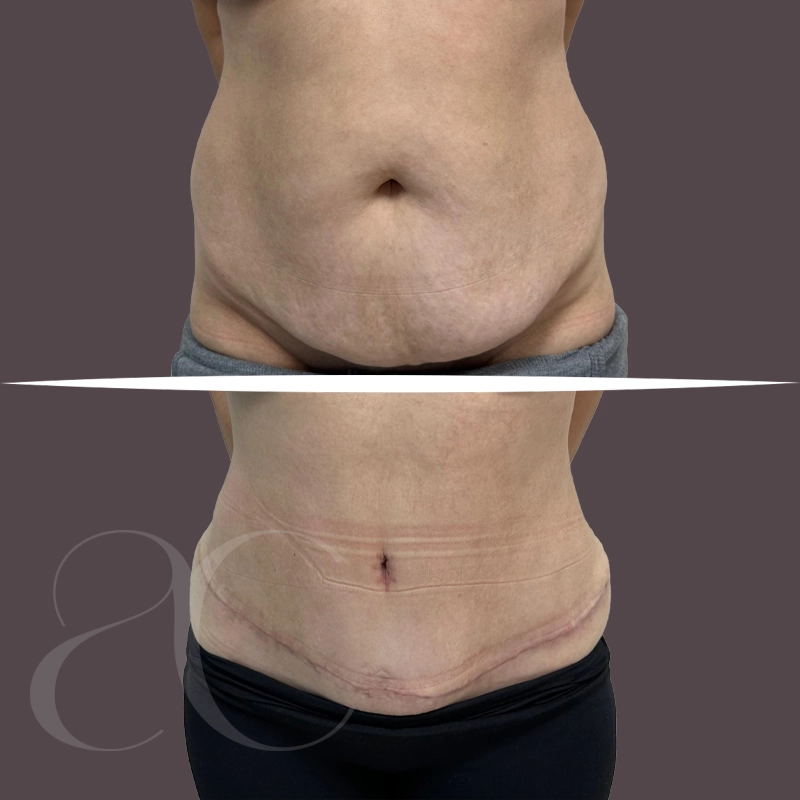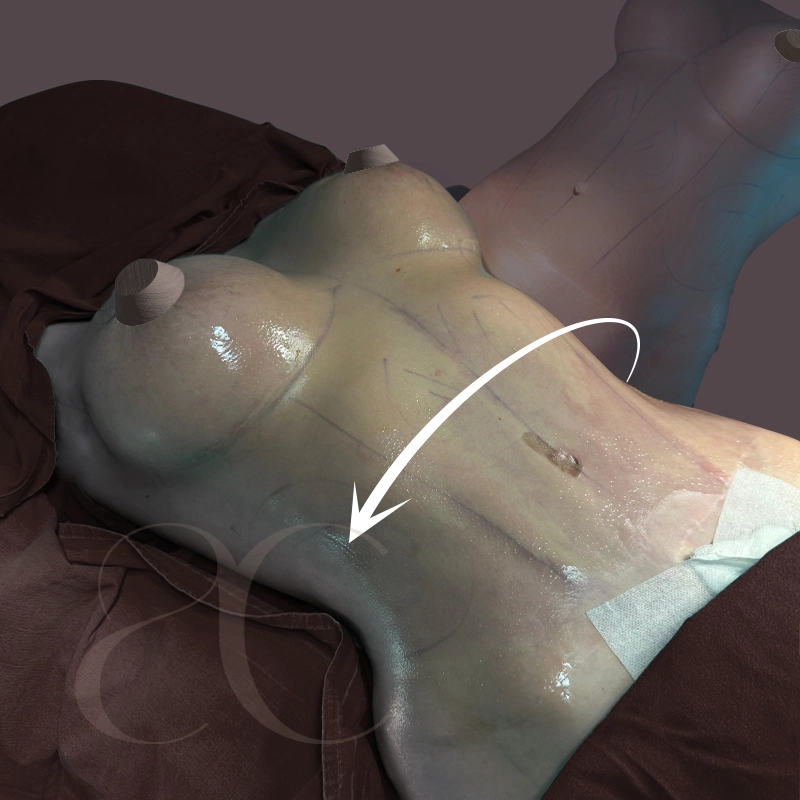
Tissue Deficiency Repair

What is Tissue Deficiency Repair?
Tissue deficiency repair is a medical procedure designed to restore areas of the body where tissue has been lost or damaged due to injury, surgery, or disease. This process involves replacing or regenerating the missing or damaged tissue using a variety of methods, including grafts, tissue engineering, and regenerative medicine techniques. Tissue deficiency repair in Turkey, particularly in Istanbul with skilled specialists like Op. Dr. Abdullah Çalık, offers patients advanced solutions to address tissue loss and improve both function and aesthetics. The goal of this treatment is not only to repair the tissue but also to ensure that the restored area functions as naturally as possible. Whether for reconstructive purposes or to enhance the overall appearance, tissue deficiency repair can be tailored to meet the specific needs of each patient, making it a vital option for those seeking comprehensive restoration.
Common Causes of Tissue Deficiency
Tissue deficiency can result from a variety of conditions and circumstances that lead to the loss or damage of tissue in the body. One of the most common causes is trauma or injury, such as accidents, burns, or deep cuts, which can cause significant tissue loss that requires repair. Surgical procedures, particularly those involving tumor removal or reconstructive surgery, may also leave areas with tissue deficiencies. Chronic illnesses such as diabetes, cancer, and autoimmune disorders can impair the body’s ability to heal, leading to tissue degeneration or loss over time.
In addition, infections or severe inflammation can cause tissue damage, as can conditions like pressure ulcers or bedsores in immobile patients. Age-related factors also contribute to tissue deficiency, as the body’s natural regenerative capabilities diminish with time. Tissue deficiency repair in Turkey, particularly in Istanbul with experts like Op. Dr. Abdullah Çalık, is often sought to address these issues by providing effective solutions for regenerating and restoring damaged or missing tissue, improving both function and appearance.
How is Tissue Deficiency Repaired?
Tissue deficiency is repaired using a variety of techniques depending on the severity and location of the tissue loss. The primary goal is to restore both the function and the appearance of the affected area by regenerating or replacing the missing or damaged tissue. One common method is tissue grafting, where healthy tissue from another part of the body is transplanted to the deficient area. Skin grafts, bone grafts, and fat grafts are typical examples of this approach. Additionally, regenerative medicine techniques, such as stem cell therapy, can stimulate the body’s natural healing processes to regenerate tissue.
In more advanced cases, tissue engineering is used, which involves creating biological substitutes that can repair, maintain, or improve tissue function. The use of biomaterials and growth factors can also play a role in promoting tissue growth and repair. Tissue deficiency repair in Turkey, especially in Istanbul with specialists like Op. Dr. Abdullah Çalık, offers cutting-edge solutions tailored to each patient’s unique needs. Whether the deficiency is due to trauma, surgery, or chronic illness, these advanced techniques provide effective and lasting results, helping to restore both aesthetics and functionality.
The Role of Tissue Engineering in Deficiency Repair
Tissue engineering plays a crucial role in addressing tissue deficiency by providing innovative solutions that go beyond traditional repair methods. It combines principles from biology, engineering, and medicine to develop biological substitutes that can regenerate, repair, or replace damaged or deficient tissue. Tissue engineering involves the use of scaffolds, cells, and growth factors to stimulate the body’s natural healing processes and encourage the formation of new, functional tissue. This approach is particularly beneficial in cases where traditional methods, such as grafts, are not sufficient or where complex tissue structures need to be restored.
In tissue deficiency repair in Turkey, particularly in Istanbul, experts like Op. Dr. Abdullah Çalık utilize cutting-edge tissue engineering techniques to offer patients advanced, long-term solutions for tissue loss. These techniques are often used in reconstructive surgery, treating tissue loss due to trauma, disease, or surgery. By applying tissue engineering, physicians can enhance the healing process and restore the form and function of affected areas in a more natural and efficient way. This innovative approach has opened new possibilities for treating severe tissue deficiencies, improving both the quality of life and aesthetic outcomes for patients.
Benefits of Tissue Deficiency Repair Treatments
Tissue deficiency repair treatments offer numerous benefits, both functional and aesthetic, for patients dealing with tissue loss or damage. One of the most significant advantages is the ability to restore the natural structure and function of the affected area, whether it be skin, muscle, or bone. These treatments help improve mobility, restore strength, and enhance the appearance of the damaged tissue, allowing patients to regain confidence in their physical appearance.
In cases of trauma, surgery, or chronic conditions that have caused tissue loss, these repair treatments can be life-changing, helping to rebuild areas that traditional healing methods cannot fully restore. Tissue deficiency repair in Turkey, especially in Istanbul with experts like Op. Dr. Abdullah Çalık, provides access to advanced techniques such as grafts, tissue engineering, and regenerative therapies. These methods not only repair the visible damage but also encourage the body’s natural regenerative processes, leading to more sustainable and long-lasting results.
Moreover, these treatments minimize scarring and improve overall skin texture, contributing to both physical well-being and mental health. The combination of advanced medical technology and personalized treatment plans ensures that each patient receives care that meets their specific needs, resulting in a higher quality of life post-treatment.
Who is a Good Candidate for Tissue Deficiency Repair?
A good candidate for tissue deficiency repair is someone who has experienced tissue loss or damage due to injury, surgery, disease, or congenital conditions and seeks to restore both the functionality and appearance of the affected area. Individuals who suffer from trauma, burns, severe lacerations, or those who have undergone surgeries that result in significant tissue loss, such as tumor removal or reconstructive procedures, can greatly benefit from this treatment. Patients dealing with chronic conditions that impair tissue healing, such as diabetes, may also be ideal candidates.
Tissue deficiency repair in Turkey, particularly in Istanbul with specialists like Op. Dr. Abdullah Çalık, is suited for individuals who want to improve their quality of life by addressing tissue loss in a safe, effective, and aesthetically pleasing manner. The candidate should be in good overall health and have realistic expectations about the outcomes. A thorough consultation with a qualified medical professional will determine the most appropriate treatment plan, taking into consideration the patient’s specific needs, health status, and the extent of tissue deficiency.
Recovery and Post-Treatment Care for Tissue Deficiency Repair
Recovery after tissue deficiency repair varies depending on the extent of the procedure and the type of treatment used, but proper post-treatment care is essential to ensure optimal healing and long-term success. Immediately following the procedure, patients may experience mild discomfort, swelling, or bruising in the treated area, which typically subsides within a few days to a week. Pain can usually be managed with prescribed or over-the-counter medication. During this period, it is crucial to follow the doctor’s advice closely to avoid complications and promote faster recovery.
For patients undergoing tissue deficiency repair in Turkey, particularly in Istanbul with specialists like Op. Dr. Abdullah Çalık, a detailed post-treatment plan is provided. This may include recommendations for keeping the treated area clean, avoiding strenuous activities, and attending follow-up appointments to monitor healing progress. In some cases, physical therapy or rehabilitation may be required to restore full functionality, especially when the procedure involves muscles, tendons, or joints.
Patients are advised to avoid smoking, as it can impair healing, and to maintain a healthy diet rich in nutrients that promote tissue regeneration. The use of prescribed skincare products may also be recommended to minimize scarring and enhance skin recovery. Following these post-treatment care instructions ensures that patients can achieve the best possible results, both in terms of function and appearance.
Non-Surgical vs. Surgical Tissue Deficiency Repair
Tissue deficiency repair can be approached through both non-surgical and surgical methods, depending on the severity of the tissue loss and the desired outcome. Non-surgical treatments typically involve minimally invasive techniques, such as the use of injectable fillers, stem cell therapy, or regenerative medicine to stimulate the body’s natural healing processes. These methods are often preferred for mild to moderate tissue loss, as they offer quicker recovery times, minimal scarring, and little to no downtime. Tissue deficiency repair in Turkey, particularly with experts like Op. Dr. Abdullah Çalık, provides access to these advanced non-surgical techniques, which are effective for treating areas like the face, hands, and other soft tissues.
On the other hand, surgical tissue deficiency repair is required for more extensive tissue loss, such as after severe trauma, burns, or surgeries that result in significant tissue removal. Surgical methods may involve skin grafts, fat grafting, or tissue flaps, where tissue is transferred from one part of the body to the affected area. While surgical methods offer a more permanent solution and are ideal for addressing larger or more complex deficiencies, they require longer recovery times and may result in more noticeable scarring.
Ultimately, the choice between non-surgical and surgical tissue deficiency repair depends on the individual’s condition, goals, and the extent of tissue loss. In Istanbul, Op. Dr. Abdullah Çalık and his team provide a thorough evaluation to determine the most appropriate approach, ensuring that each patient receives the treatment best suited to their unique needs for optimal results.
What is tissue deficiency repair?
Tissue deficiency repair is a medical procedure designed to restore lost or damaged tissue caused by injury, surgery, or disease. This can be achieved using grafts, tissue engineering, and regenerative medicine techniques. Tissue deficiency repair in Turkey, particularly in Istanbul with experts like Op. Dr. Abdullah Çalık, offers effective solutions to restore both function and aesthetics.
What are the common causes of tissue deficiency?
Common causes of tissue deficiency include trauma, burns, surgical procedures (like tumor removal), and chronic conditions such as diabetes or cancer. Infections, severe inflammation, and age-related factors can also lead to tissue loss, requiring repair procedures to restore damaged areas.
How is tissue deficiency repaired?
Tissue deficiency is repaired using methods such as tissue grafting (e.g., skin, bone, or fat grafts), regenerative medicine, and tissue engineering. In more advanced cases, techniques involving biomaterials and growth factors are used to promote natural tissue regeneration. Specialists in Turkey, like Op. Dr. Abdullah Çalık, tailor treatments based on each patient’s unique condition.
Who is a good candidate for tissue deficiency repair?
Good candidates for tissue deficiency repair are individuals who have experienced tissue loss due to trauma, surgery, or chronic illness. Those seeking to restore both functionality and appearance of affected areas, and who are in good overall health, can benefit from this treatment. A consultation with an expert, like Op. Dr. Abdullah Çalık, is essential to assess the suitability of the procedure.
What is the difference between non-surgical and surgical tissue deficiency repair?
Non-surgical tissue deficiency repair involves minimally invasive treatments such as injectable fillers, stem cell therapy, or regenerative medicine to stimulate healing. Surgical repair, on the other hand, is required for more extensive tissue loss and may involve grafts or tissue flaps. Non-surgical methods offer quicker recovery and less scarring, while surgical options are ideal for more complex cases.









